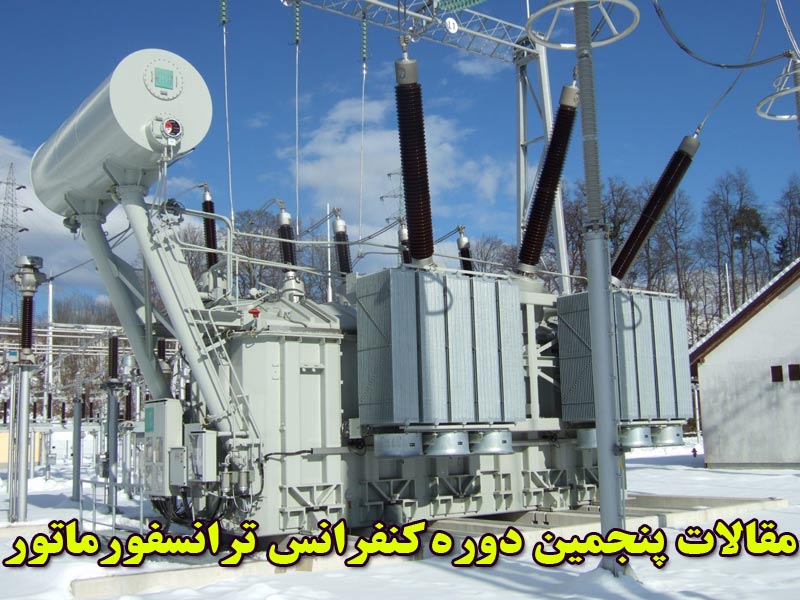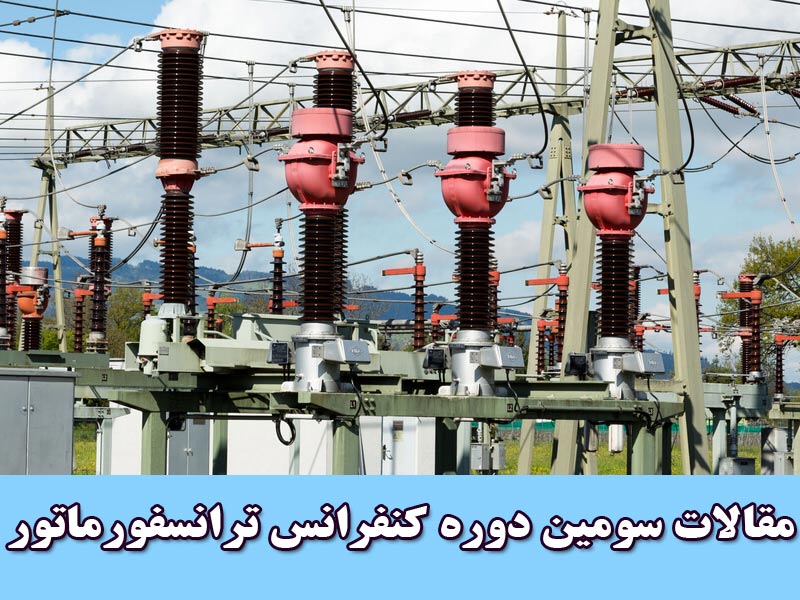Abstract
The reliability of electrical energy networks depends on the quality and reliability of its electrical equipment, e.g. power transformers. Local failures inside their insulation may lead to catastrophic breakdowns and may cause high outage and penalty costs. To prevent these destroying events, power transformers can be tested on partial discharge (PD) activity before commissioning and monitored during service. In this contribution, a calibration procedure for the ultra-high frequency (UHF) method is proposed as it is necessary to ensure reproducibility and comparability of UHF measurements. Afterwards, a calibrated UHF method can be introduced supplementary to IEC60270 in acceptance tests of power transformers. This contribution compares the calibration procedures of the conventional electric method (IEC60270) and the electromagnetic method. A characterization of UHF sensors by the antenna factor (AF) is a precondition for the UHF calibration procedure. To provide profound knowledge of the equipment, the AF of the UHF sensor is determined under inside transformer conditions. To meet these conditions, an oil-filled GTEM cell is used for correct permittivity. Additional to the calibration procedure, the performance of the installed sensor has to be determined. The evaluation is based on the idea of transmitting electromagnetic waves through the transformer tank from one UHF sensor to another which is called performance check procedure.
INTRODUCTION
Power transformers can be considered as an essential part to assure the reliability of the electrical grid. Transformer failures lead to consequential damage with accordant costs. Reliable operation of power transformers is fundamental for service security. Therefore, damages to the insulation of a power transformer, like local defects, must be recognized at an early stage [1]. Different diagnostic methods have been established to meet the deriving demands for onsite and factory measurements. There are mainly three different ways of PD monitoring: indirectly by dissolved gas analysis (DGA) monitoring, directly by PD measurement method according to IEC60270 [2] and directly by electromagnetic measurements [10] in the ultra-high frequency range (UHF: 300 MHz – 3 GHz). Measurements of acoustic emissions are mainly used to supplement diagnostic measurements for PD localization [7] purposes and are not regarded in this contribution. Because DGA only provides an indicator of the presence of PD, an increasing number of transformers are monitored directly. The importance of PD measurement is accommodated by standardized electrical measurement (IEC60270) which is required for acceptance certificates at routine testing. Therefore, the apparent charge QIEC has become an indicating factor for transformer quality. The UHF method is based on the measurement of electromagnetic waves radiated by PD. First, UHF measurements were used for gas insulated switchgears (GIS) [3]. When applied on transformers, the UHF method requires antennas inside the tank. Hence, the Cigré Working Group WG A2 -27 recommends DN50 valves or dielectric windows for the fitting of UHF probes in brochure 343 [4]. The generalized propagation paths of the methods are shown in Fig. 1.
Electrical signals travel through the galvanic and capacitive coupling along the winding and are decoupled at the measurement capacity of the bushing (online monitoring) or with an external coupling capacitor (not shown). Electromagnetic signals radiate directly through the oil-filled transformer. Additionally, UHF PD measurements are usually electromagnetically shielded against external disturbances, e.g. corona, by the grounded transformer tank itself [5,10]. UHF measurements have been established as a trigger for acoustic PD localization [7] and for onsite/online diagnostic PD measurements [8] and seem to be suitable for online PD monitoring [9]. To become an accepted quality verification factor, UHF technology has to be proven reliable in order to supplement electrical measurements. Basically, a calibration procedure which makes UHF sensors and measurement systems comparable to each other is lacking so far. Due to that, the UHF technology is by now not applied as criteria for acceptance tests and mainly used for supplement diagnostic measurements or online monitoring systems. For electrical PD measurement, on the contrary, there is an available calibration procedure for the ratio between capacitance of specimen and coupling capacitor. The associated comparability of electrical PD measurement systems has led to an acceptance level at transformer routine tests, although the actual PD charge still remains unknown.
Stefan Tenbohlen , Martin Siegel






